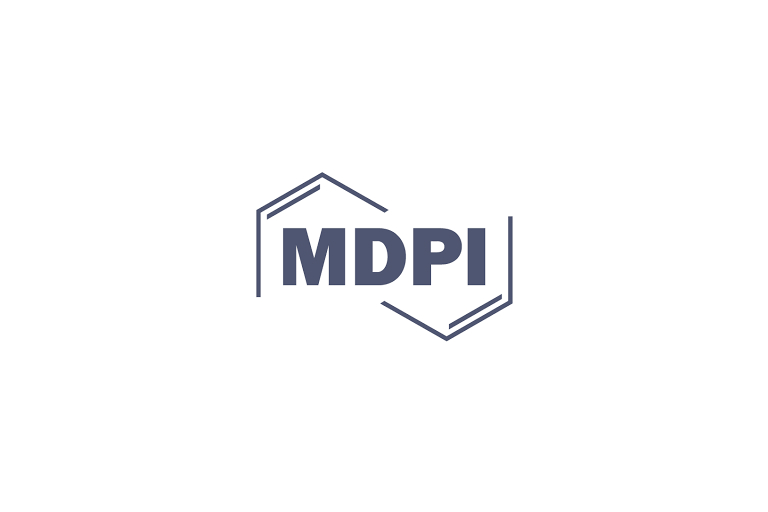Abstract: Layered double hydroxide (LDH) nanofillers were considered as hosts of p-hydroxybenzoate as an antimicrobial molecule for active coating. A food grade resin with LDH-p-hydroxybenzoate and two dierent types of food grade zeolites was used to prepare active coatings for Polyethylene terephthalate (PET) trays. The release kinetics of the active molecule were followed using UV spectrophotometry and the experimental results were analyzed with the Gallagher–Corrigan model.
The thermal properties of the coating mixtures and the PET coating were analyzed and found to be dependent on the coating’s composition. On the basis of CO2 transmission rate and off-
odors tests, the best coating composition was selected. Global migration in ethanol (10% v/v), acetic acid (3% w/v), and vegetable oil, and specific migration of p-hydroxybenzoic acid revealed the suitability of the material for food contact. Antimicrobial tests on the packaging demonstrated a good inhibition against Salmonella spp. and Campylobacter jejuni. Red meat was packed into the selected active materials and results were compared to uncoated PET packaging. Color tests (browning of the meat) and analysis of Enterobacteriaceae spp. and total viable count evolution up to 10 days of storage demonstrated the capability of the considered active packaging in prolonging the shelf life of red meat.


Lascia un commento